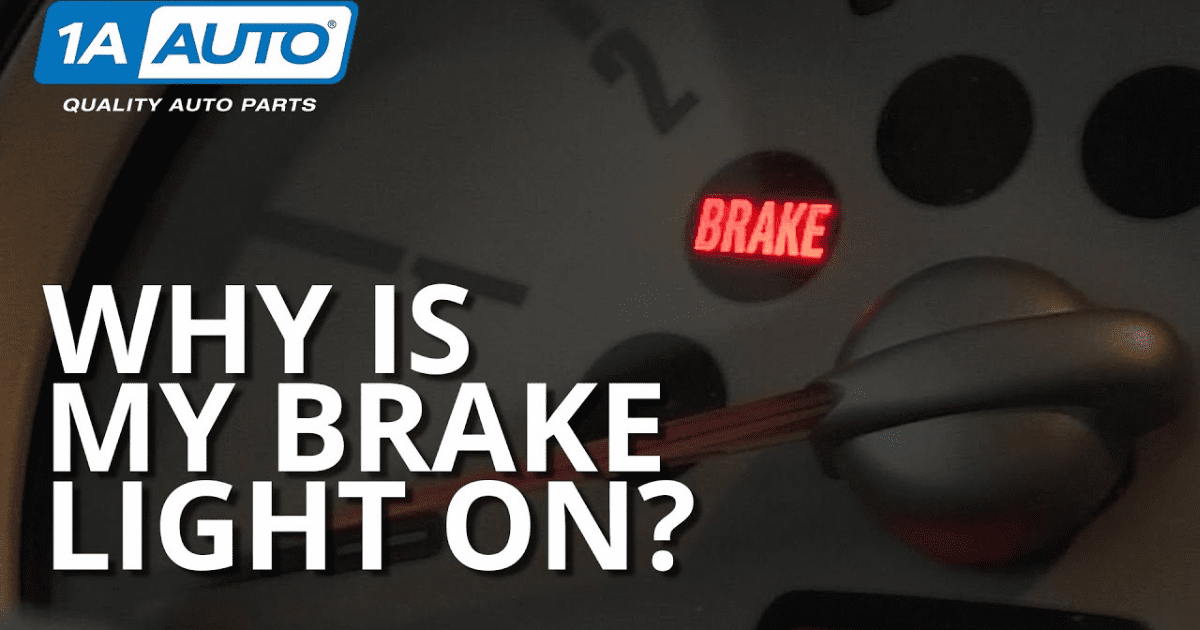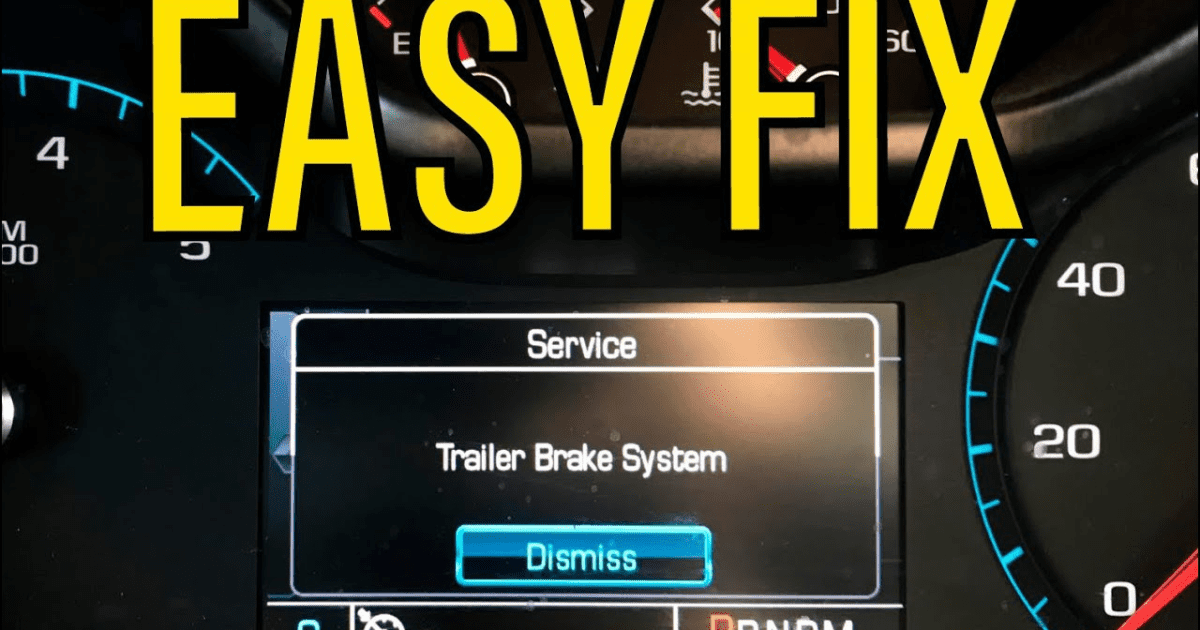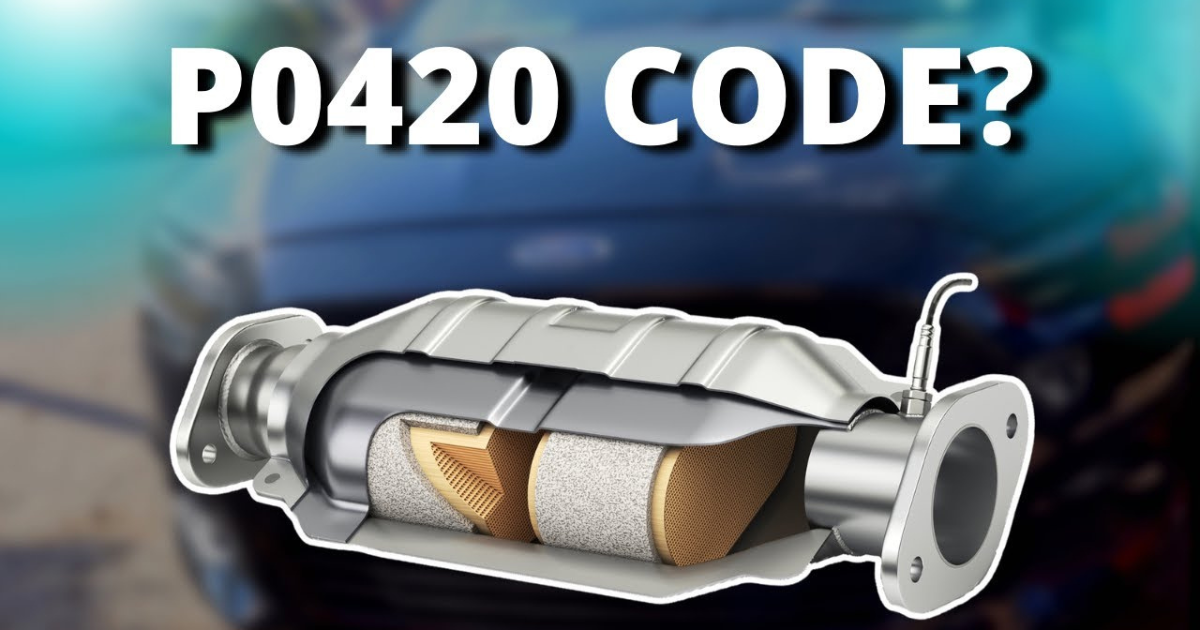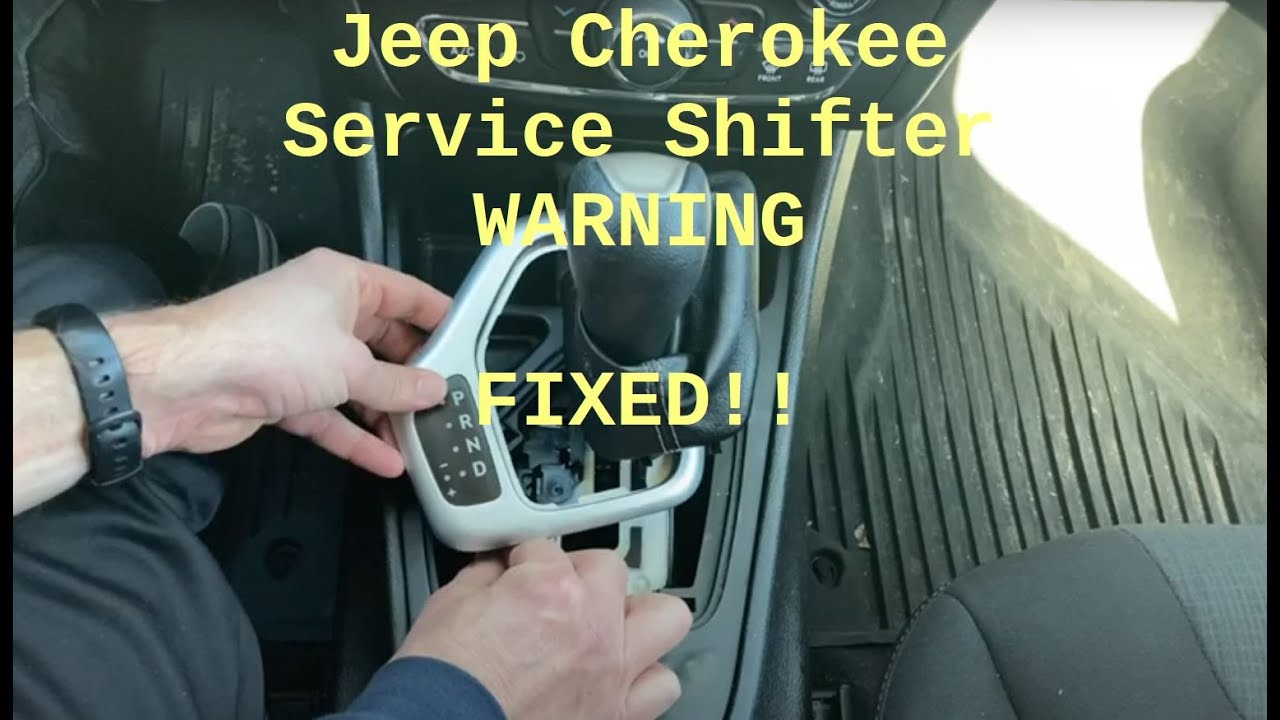Your car’s dashboard is a vital source of information, with various lights and symbols that provide insights into the vehicle’s status. One such light is the brake light, which is crucial in ensuring your car’s braking system functions correctly. When the brake light illuminates, it indicates an issue with the braking system that requires your attention. In this article, we will discuss the different types of brake lights on the dashboard, their meanings, common causes of their activation, and smart fixes to address the issues.
Types of Brake Lights on the Dashboard and Their Meanings
Modern vehicles are equipped with four types of brake lights on the dashboard: brake service light, anti-locking brake system (ABS) light, parking brake light, and brake pad wear indicator light. These lights serve different purposes and indicate different issues related to the braking system.
- Brake Service Light: This light resembles an “i” written upside down and illuminates when there is an issue with the car’s main braking system. It may also appear when the parking brake is engaged.
- Anti-locking Brake System (ABS) Light: The ABS light, denoted by the letters “ABS,” warns drivers when there is a problem with the car’s anti-locking braking system, which helps prevent the car from sliding and maintains traction during hard stops or on slippery surfaces.
- Parking Brake Light: The parking brake light, often labeled as “BRAKE,” “P,” or “PARK,” indicates that the parking brake is engaged or faulty.
- Brake Pad Wear Indicator Light: Some cars have a brake pad wear indicator light, which alerts drivers when the brake pads are worn down and needs replacement.
Common Causes and Smart Fixes for Brake Light Issues
Several factors can cause the brake light to illuminate on your dashboard. Identifying these causes will help you address the issue promptly and ensure your car’s safety.
- Parking Brake: If the brake light is on due to the parking brake being engaged, simply disengage it, and the light should turn off. If the light remains on, the parking brake may be faulty or need adjustment.
- Low or Leaky Brake Fluid: The brake light can come on if the brake fluid is low or leaking. Check the brake fluid level and add more if necessary. Inspect the master cylinder, brake pots, caliper, and brake lines for leaks and damage. If you find a leak, have it repaired immediately.
- Faulty ABS: If the ABS light is on, there may be an issue with the anti-locking brake system. You can use an OBD II scanner to diagnose the problem and identify the faulty component. If you are not comfortable fixing ABS issues yourself, consult a professional mechanic.
- Worn Brake Pads: If the brake pad wear indicator light is on, replace the worn brake pads as soon as possible to prevent further damage to the rotors.
- Loose or Stuck Brake Pedal: If the brake pedal is loose or stuck, adjust or replace it as necessary.
- Burnt Brake Lights: If any of the brake lights at the back of the vehicle are burnt or broken, replace them immediately.
- Faulty Brake Fluid Sensor: If the brake fluid sensor is not working correctly, it may trigger the brake light even when the brake fluid level is sufficient. Replace the faulty sensor to resolve the issue.
Is It Safe to Drive with the Brake Light On?
While your vehicle may still function with the brake light on, it is not safe to drive in that condition. Address the underlying issue that caused the brake light to come on before driving the car. If you are unsure or uncomfortable diagnosing and fixing the problem yourself, consult a professional mechanic to ensure your car’s safety.
Conclusion
In conclusion, understanding the different types of brake lights on your dashboard and their meanings can help you identify and address braking system issues promptly. Regular inspection and maintenance of your car’s braking system will ensure its optimal performance and keep you and other road users safe.




